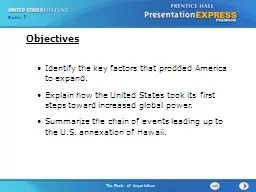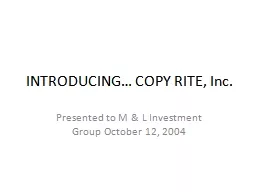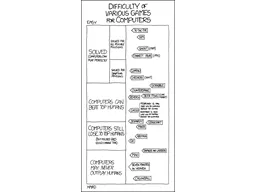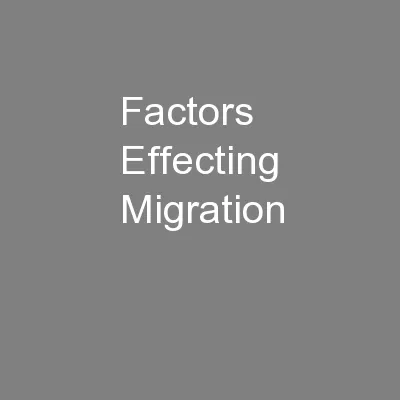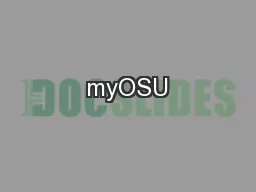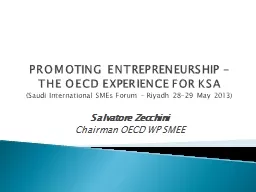PPT-Identify the key factors that prodded America to expand.
Author : alexa-scheidler | Published Date : 2016-10-10
Explain how the United States took its first steps toward increased global power Summarize the chain of events leading up to the US annexation of Hawaii Objectives
Presentation Embed Code
Download Presentation
Download Presentation The PPT/PDF document "Identify the key factors that prodded Am..." is the property of its rightful owner. Permission is granted to download and print the materials on this website for personal, non-commercial use only, and to display it on your personal computer provided you do not modify the materials and that you retain all copyright notices contained in the materials. By downloading content from our website, you accept the terms of this agreement.
Identify the key factors that prodded America to expand.: Transcript
Download Rules Of Document
"Identify the key factors that prodded America to expand."The content belongs to its owner. You may download and print it for personal use, without modification, and keep all copyright notices. By downloading, you agree to these terms.
Related Documents

